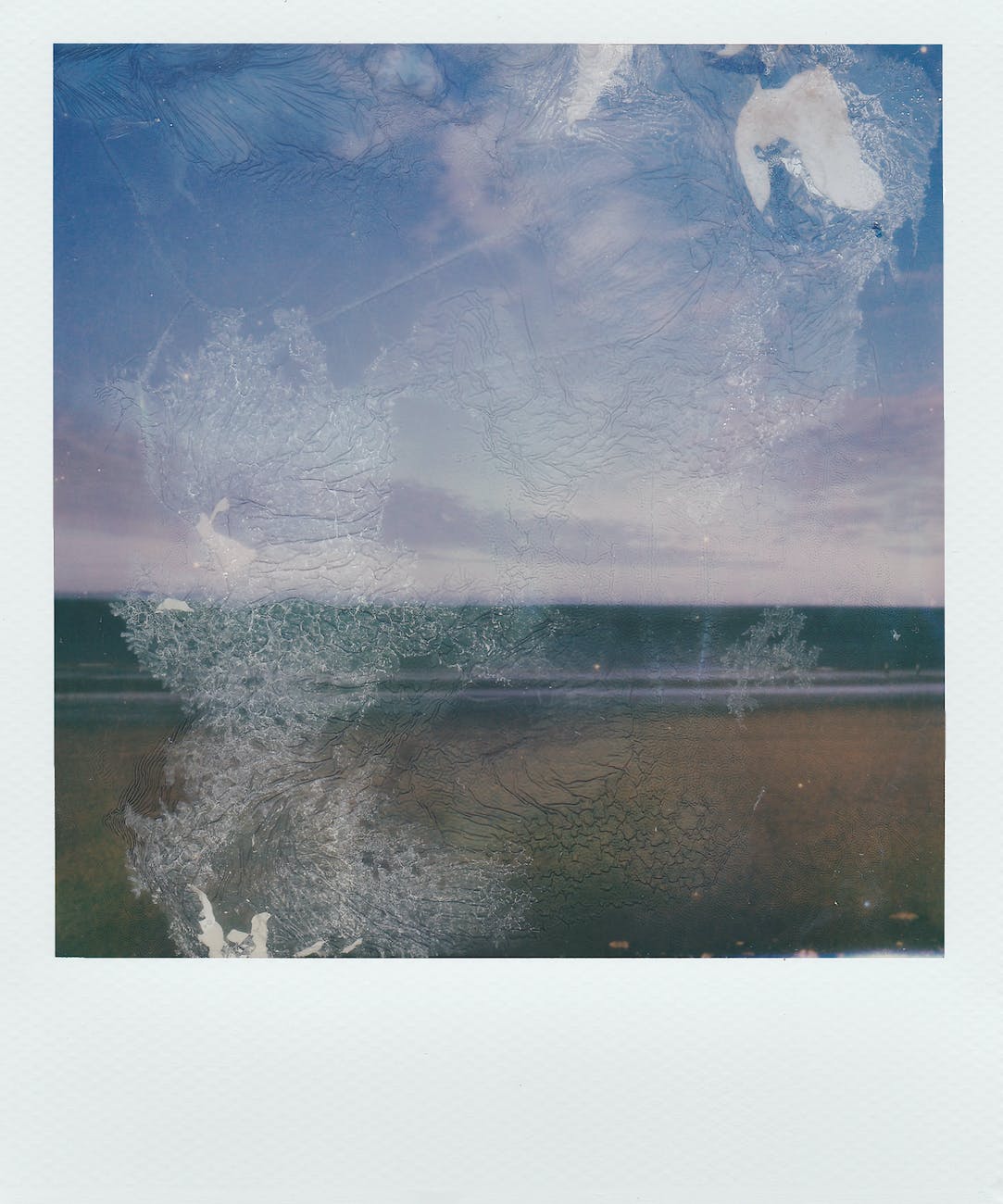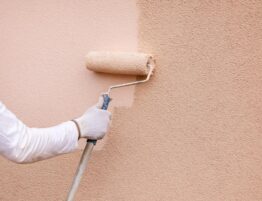
Exterior painting projects can transform the look of a building, but the weather can significantly impact the outcome. While a fresh coat of paint can protect and enhance the exterior of a home or building, it is essential to consider the weather conditions before starting the project. In this blog post, we will explore the impact of weather on exterior painting projects and provide tips for ensuring a successful outcome.
Temperature
Temperature is one of the most critical factors to consider when planning an exterior painting project. Paint must be applied within a specific temperature range to ensure it adheres correctly and dries appropriately. If the temperature is too hot or cold, the color may not dry evenly and crack or peel over time. The ideal temperature range for exterior painting is between 50 and 85 degrees Fahrenheit. It is best to avoid images in extreme temperatures or during the hottest part of the day when the sun is beating down on the surface.
Humidity
Humidity is another crucial factor to consider when planning an exterior painting project. High humidity can cause the paint to take longer to dry, leading to problems, including blistering and bubbling. It is best to avoid painting on days when the humidity is above 70 percent. If you must paint on a humid day, consider using a dehumidifier or waiting until the humidity level drops.
Rain
Rain is one of the biggest enemies of an exterior painting project. Paint needs time to dry and cure properly, and rain can wash away wet paint, leaving an uneven finish. It is best to avoid painting when rain is in the forecast or if the surface is wet from a recent rainstorm. If you are painting and unexpected rain occurs, cover the paint with a tarp or plastic sheeting to protect it from the rain.
Wind
Wind can also have a significant impact on an exterior painting project. Strong winds can blow dirt, leaves, and other debris onto the wet paint, leaving an uneven finish. It can also cause the paint to dry too quickly, leading to cracking and peeling. It is best to avoid painting on windy days or when wind gusts are expected.
Tips for painting in different weather conditions
- If the temperature is too hot, paint in the morning or late afternoon when it is cooler.
- If the temperature is too cold, use a paint formulated for cold temperatures.
- Consider using a dehumidifier or waiting until the humidity level drops if the humidity is high.
- If it is windy, use a paintbrush instead of a roller to avoid blowing debris onto the wet paint.
- If rain is in the forecast, wait until the weather clears up before painting.
In conclusion, the weather can significantly impact the outcome of an exterior painting project. When planning the project, it is essential to consider the temperature, humidity, rain, and wind. Following the tips outlined in this blog post can ensure a successful outcome and a beautiful finish that will last for years. With our years of experience you can trust that your exterior will always look amazing! You can read our reviews on Yelp or Google. Call us at 951-695-5588 or email today for your free estimate.








